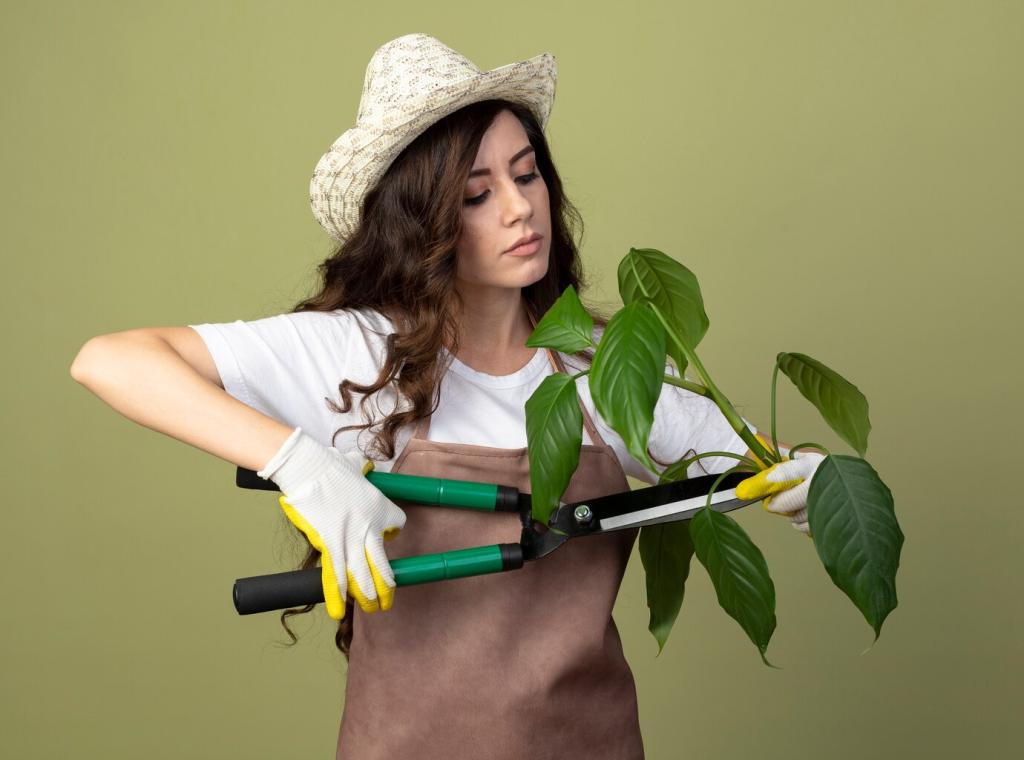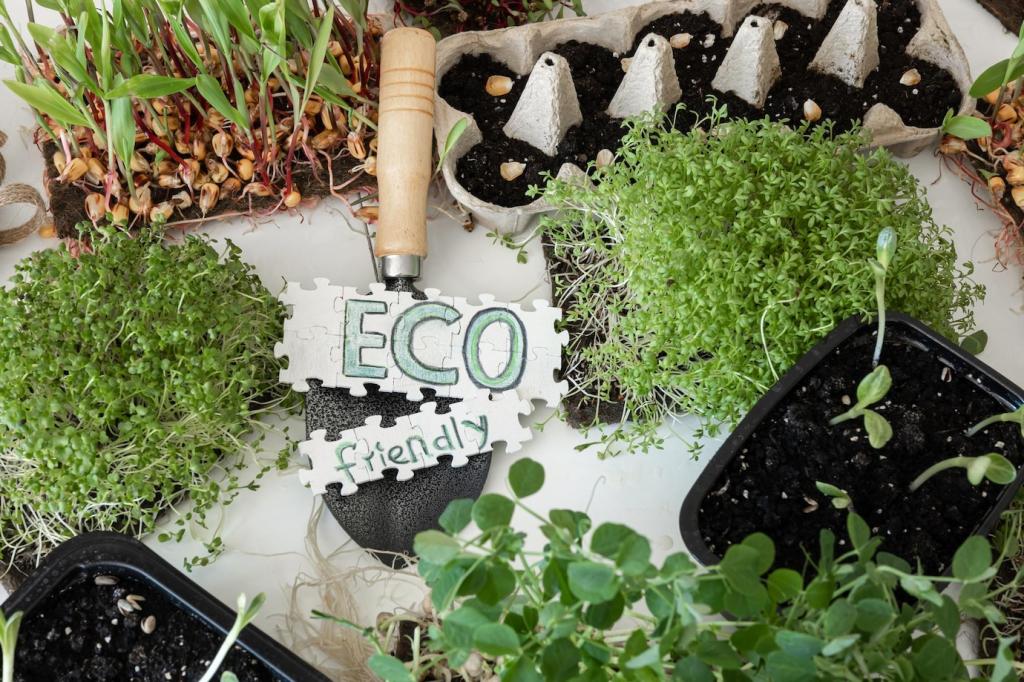Sanding, Scraping, and Surface Prep
Start where defects vanish quickly—often 80 or 120—then progress through grits without skipping. Make pencil squiggles to reveal missed areas. Sand with the grain, use light pressure, and vacuum between stages. What prep habit most improved your finishes? Share your breakthrough.
Sanding, Scraping, and Surface Prep
Burnish a crisp hook, flex gently, and let the scraper sing whisper-thin shavings. It levels shellac, removes tear-out, and saves edges that sanders round. The first time I heard that musical shaving, I was hooked. Who taught you to burnish? Give them a shoutout.


